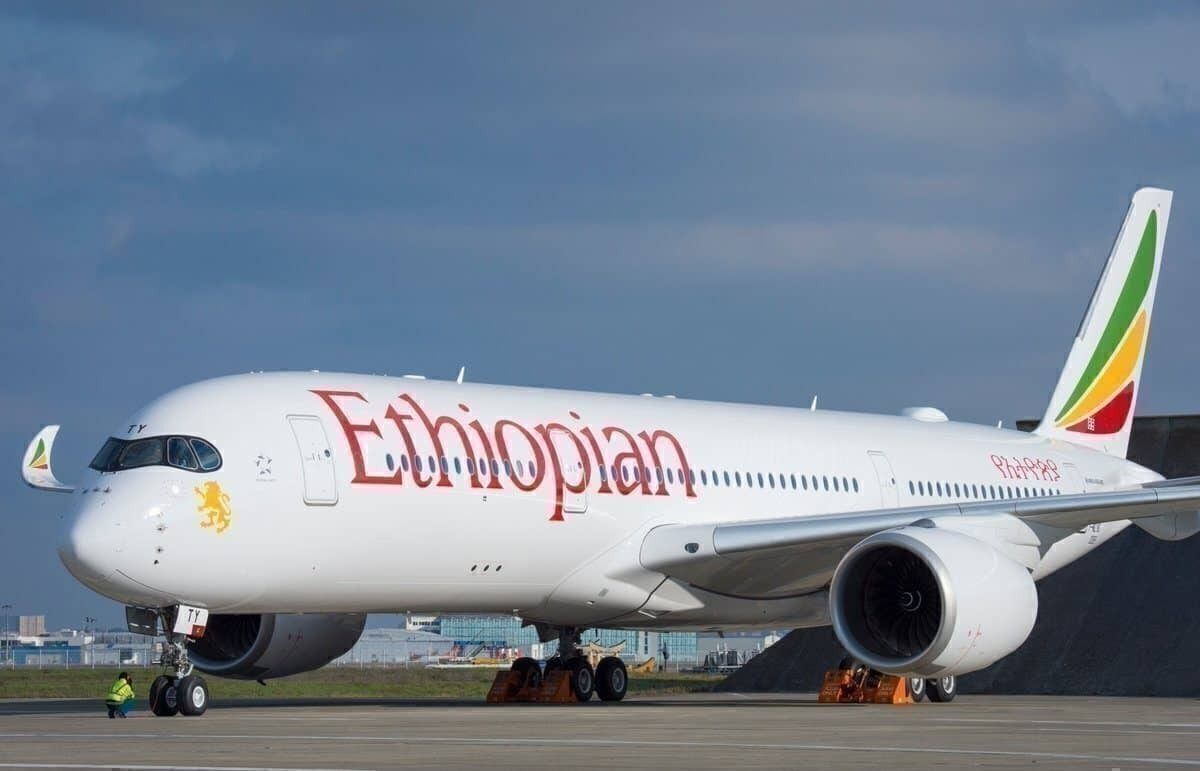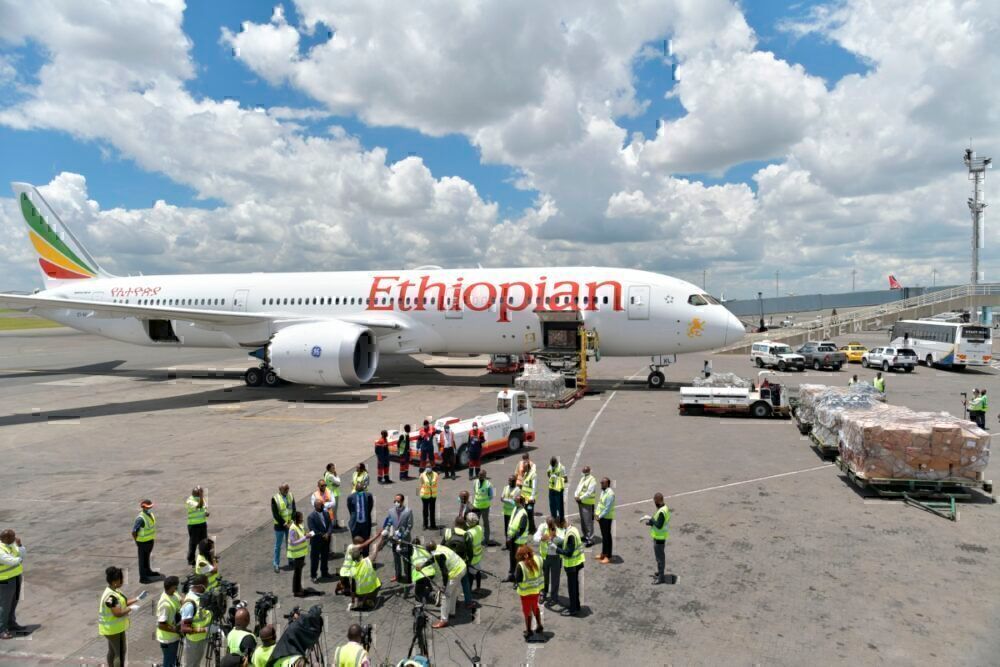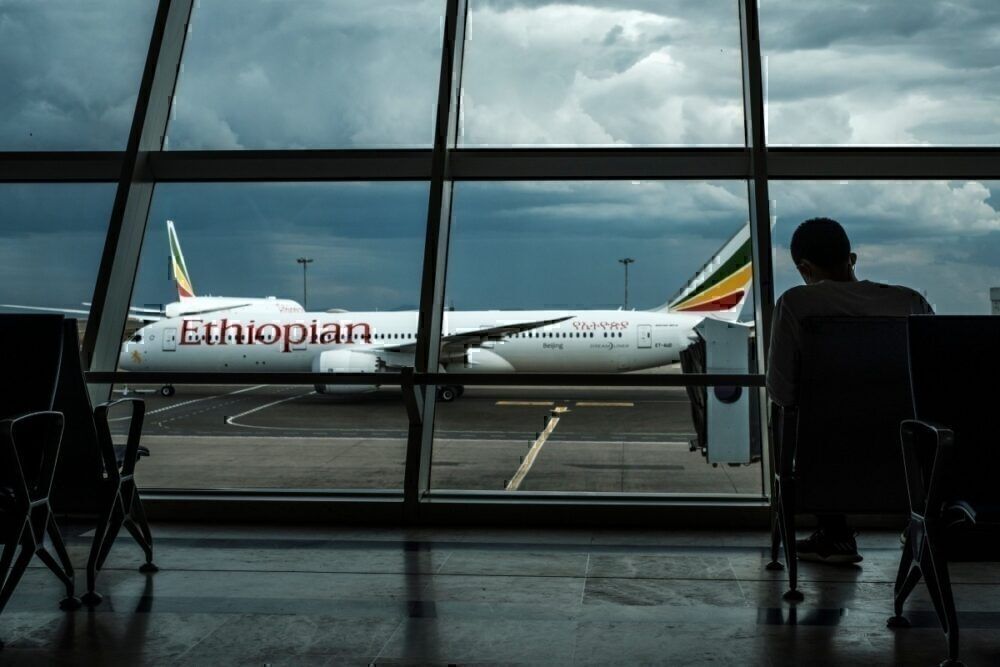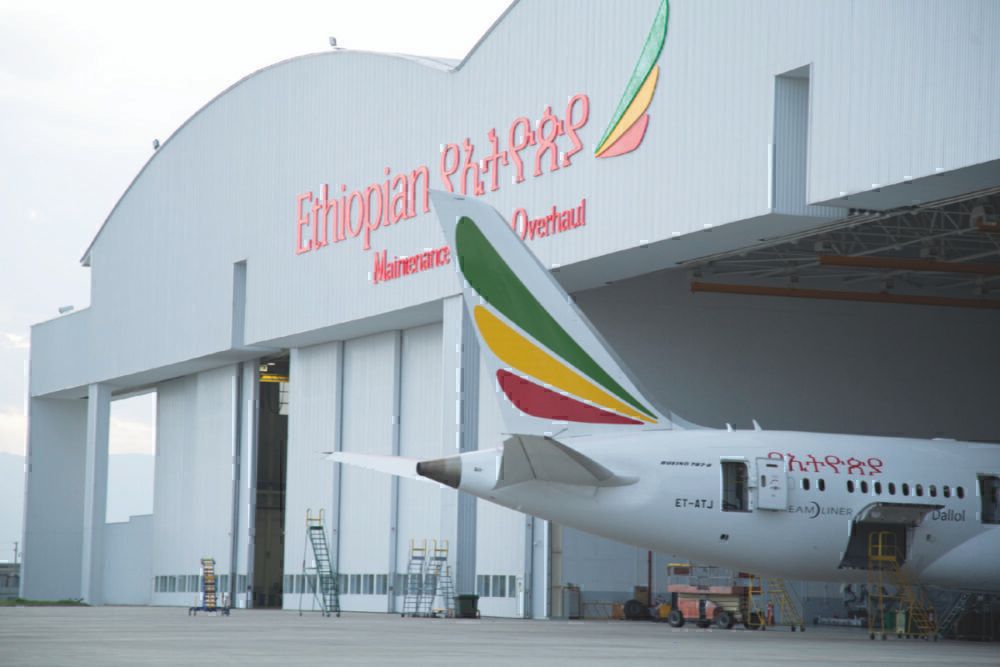Ethiopian Airlines' agility has allowed it to grow to become one of the biggest airlines in the world. Its focus on hub and spoke operations has driven it to target the building of a $5 billion mega airport by 2035. But has the coronavirus crisis changed its ambition and outlook? Acting CCO, Esayas WoldeMariam, says not.
Surviving COVID
Over the course of 2019, Ethiopian Airlines generated $4 billion of revenue. This came from shuttling 12 million passengers around the world, as well as shifting over 400,000 tons of freight. 2020 has played out a different way.
Back in April, CEO of Ethiopian Tewolde GebreMariam said that, between January and March, the COVID crisis had caused the airline to lose $550 million of its anticipated revenue, due to the downturn in travel demand. A rapid pivot to cargo saw Ethiopian clawing back some of those losses, helping it survive the crisis with no bailout.
Regardless of how Ethiopian's agility has helped it get through COVID, it would be remiss to assume that there hasn't been an impact. Airlines all over the world have been struggling, finding themselves forced to lay off workers and downsize their fleets, putting big projects on the back burner.
Ethiopian Airlines' big projects revolve around its Vision 2035 strategy. Having completed its Vision 2025 goals no less than seven years early, the airline realigned its future ambitions for growth. But has the impact of COVID made Ethiopian rethink its objectives?
Stay informed: Sign up for our daily aviation news digest.
The $5 billion airport city
Back in January, when Ethiopian was laying out its plans under Vision 2035, the aggressive expansion it desired was clear to see. Based on the projected growth of Africa's population and rising propensity to travel, the airline was now targeting revenue growth to $25 billion and adding aircraft to bring its fleet to more than 200.
One of the most ambitious parts of this strategy was the building of a mega airport, capable of handling 100 million passengers a year. The plans were for something more akin to a city than just an airport, boasting shopping malls, training centers and hotels. CEO GebreMariam said,
“We have identified 35sqkm land to be developed as an airport and it is about a $5bn project – larger than the Grand Ethiopian Renaissance Dam (GERD). It is going to accommodate 100m passengers; larger than Dubai and more or less equal to the new Istanbul airport.”
But, of course, that was before COVID hit.
No change
Nobody would bat an eyelid if Ethiopian were to scale down its Vision 2035 targets. Given that it just opened a brand new terminal at Addis Ababa Bole to scale up its hub capacity, pulling back from the huge investment of the new airport would be completely understandable.
Simple Flying asked Acting Chief Commercial Officer Esayas WoldeMariam whether the project would be put on the back burner, given the state of the industry. He was quick to say that it's still firmly on the cards. He told us,
“We will definitely continue with the project. Ethiopia is one of the fastest growing economies on the continent. The population is growing, demand is growing. It’s in our long term strategy, Vision 2035, so definitely, we're going to go for that.”
Vision 2035 is a 15-year growth plan. But given Ethiopian's achievement of its 2025 plan several years early, we could potentially see the new airport opening as soon as ten years from now. An airport of that size and quality would position Ethiopian perfectly to grow as a hub and spoke carrier, allowing it to compete with the big Middle East airlines for its share of the worldwide traffic.
Depending on how demand recovers following COVID, perhaps Ethiopian could be the Emirates of the future.




